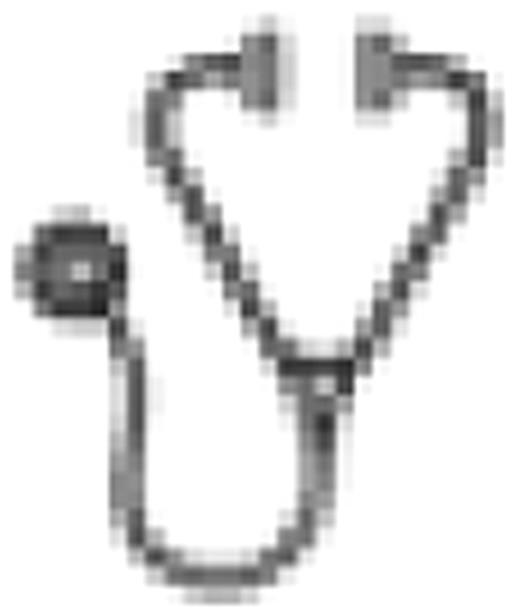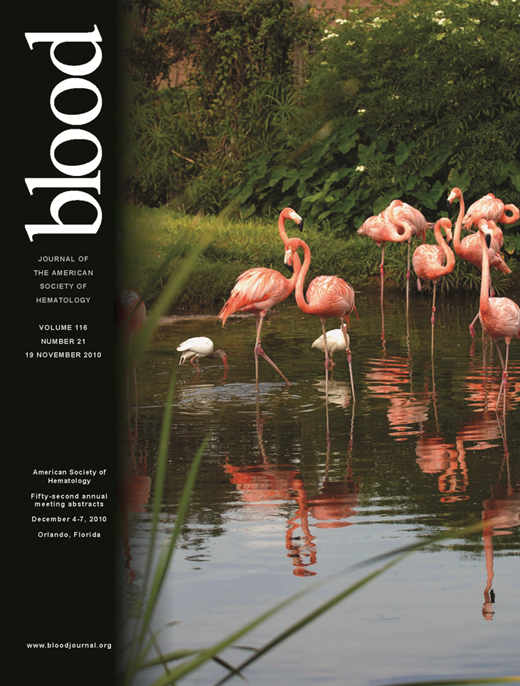Abstract
Abstract 2148
Myelodysplastic syndrome (MDS) and Acute Myeloid Leukemia (AML) are hematological disorders that exist on a spectrum of ineffective and malignant hematopoiesis. Hypomethylating agents have been recently shown to result in clinical response and improved survival in patients with either disease, although only in a minority of patients. Arsenic trioxide too has shown limited single agent activity in patients with MDS and AML, and ascorbic acid improves response to arsenic trioxide in patients with multiple myeloma. We therefore sought to assess the tolerability of combination decitabine, arsenic and ascorbic acid in patients with MDS and AML.
The primary object of this single institution, dose-escalation study was to establish the maximum tolerated dose and dose-limiting toxicities during four cycles of therapy. Arsenic trioxide was administered in three dose cohorts of 3–6 patients each: 0.1 mg/kg, 0.2 mg/kg, and 0.3 mg/kg IV on days 1–5 followed by weekly administration for 15 weeks. All patients received decitabine 20 mg/m2 IV on days 1–5 every 28 days and ascorbic acid 1000 mg IV following every administration of arsenic trioxide. Secondary objectives were to establish overall response rates and effect of therapy on bone marrow angiogenesis.
Thirteen patients were enrolled in three dose cohorts [9 men, 4 women; median age: 67 (range 24 – 77); 5 MDS, 7 AML; ECOG 0 (46%), 1 (38%), 2 (15%)]. Most patients were transfusion dependent [RBC dependent: MDS 4/5, AML 4/7; platelet dependent: MDS 2/5, AML 4/7]. Most patients had received prior therapy [MDS 1/5; AML 7/7]. Ten patients received at least 2 cycles with four patients completing four cycles. Dose limiting toxicities were pneumonia/infection, which occurred in the third dosing cohort. Other grade 3–4 toxicities occurring during 4 cycles of treatment were: infection (46%), hypotension (15%), hypoxia/pneumonia (20%), anemia (53%), neutropenia (38%), QTc prolongation (15% - all asymptomatic), pericardial effusion (8%), pleural effusion (8%), hyperglycemia (20%), hypokalemia (8%). According to IWG response criteria, 2/5 MDS patients achieved stable disease, 2/5 developed progressive disease, and 1/5 withdrew prior to reevaluation. Similarly, 3/7 AML patients achieved stable disease, 2/7 progressive disease, and 2/7 died without repeat bone marrow evaluation. No transfusion dependent patients achieved transfusion independence. The median overall survival of these cohorts was 207 days and four patients remain alive with a median follow-up of 490 days. We did not observe a correlation between dosing cohort and response or survival.
Because arsenic trioxide has been proposed to inhibit angiogenesis, we assessed bone marrow microvessel density (MVD) using CD34 immunohistochemistry by two binded, independent reviewers. Paired bone marrow samples from eight patients surprisingly revealed an increase in the number of vessels per high powered field during therapy [pre-treatment: (ave 10.3, stdev 5.2); after cycle 2: (ave 18.0, stdev 7.0, p = 0.06); after cycle 4: (ave 17.1, stdev 3.2, p = 0.05)]. Increased MVD occurred independent of response, disease or bone marrow cellularity.
This study demonstrates that decitabine can be safely combined with arsenic trioxide and ascorbic acid in a heavily pre-treated population of MDS and AML patients. Our maximum tolerated dose of arsenic was observed in cohort 2: 0.2 mg/kg. Combination therapy resulted in increased bone marrow microvessel density, independent of response and bone marrow cellularity. Phase 2 studies will be required to assess the efficacy of combination therapy.
Off Label Use: Decitabine, Arsenic and Ascorbic acid for the treatment of AML. Vij: Eisai: Speakers Bureau; Cephalon: Speakers Bureau.

This icon denotes an abstract that is clinically relevant.
Author notes
Asterisk with author names denotes non-ASH members.

